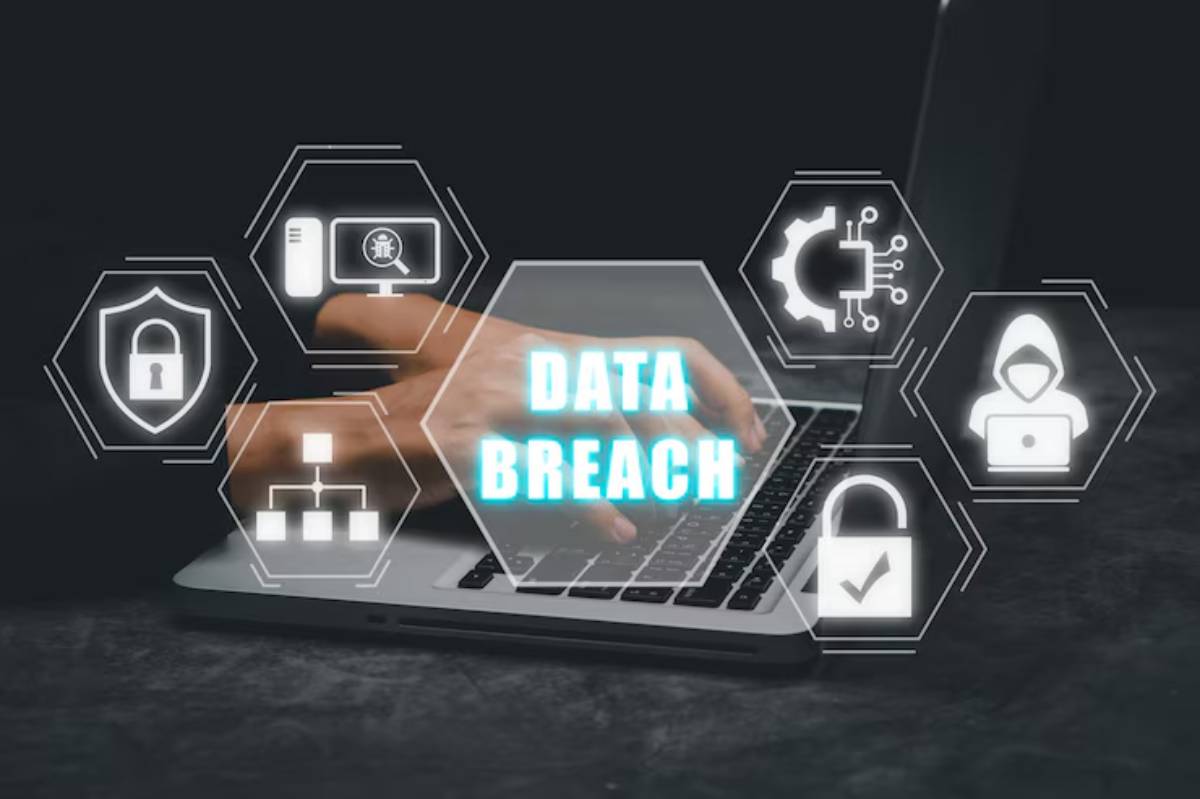
How to Handle Data Breach Notifications Effectively
A data breach can destroy trust and hurt an e-commerce business quickly in today’s fast digital world. But the damage isn’t just from the breach itself. It often comes from how companies deal with the aftermath. A good response to data breaches is vital. Good communication with customers keeps ecommerce safe and protects your brand’s reputation.
Real-life stories highlight the difference. Companies that act quickly and openly often keep customer loyalty. But those who delay or hide issues face serious consequences. Whether you run a small online shop or a big e-commerce site, knowing how to respond can keep you safe. Preparation today can mean the difference between recovery and collapse tomorrow.
Understanding the Core
A data breach happens when unauthorised eyes peek at sensitive secrets. This includes customer emails, passwords, and payment details—information no one should touch. What stirs this storm? Often, cyberattacks or simple human blunders lead the charge. Insider threats hide in the shadows. Also, system weaknesses and flaws in third-party services can create big problems. Stay vigilant; guarding your data is essential!
Why Timely Notification Matters:
- Legal obligations: GDPR, CCPA, and other regulations mandate prompt breach notifications. Non-compliance can lead to hefty fines and sanctions.
- Reputation management: Customers care about how you respond, not just the breach. A prompt, sincere response can mitigate reputational damage.
- Damage control: Quick action can limit customer harm. It also reduces identity theft cases and lowers legal risks.
Key Concepts:
- Data Breach Response: Act fast to reduce harm. Look into the problem. Notify everyone affected.
- Customer Communication: You inform those impacted, regulators, and stakeholders. It shapes how people view your brand.
- Ecommerce Security: Actions to prevent, identify, and respond to online shopping threats.
Data breaches are now common. They are seen as a near certainty for digital businesses. Therefore, preparation and proactive response are as critical as prevention. A solid data breach plan protects your company. It helps prevent money loss, operational problems, and damage to your reputation.
Quick Guide for Handling Data Breach Notifications
Here’s a high-level checklist to keep your response swift, thorough, and effective:

1. Detect and Confirm the Breach: Watch for problems in systems, like strange login attempts or big data transfers.
2. Contain and Assess: Immediately isolate affected systems to prevent further data leakage.
3. Notify Your Internal Response Team: Activate your breach response team. This should include the IT, legal, PR, compliance, and customer service departments.
4. Notify Regulatory Authorities: GDPR mandates notification within 72 hours of becoming aware of the breach.
5. Craft a Clear Customer Notification: Provide access to support resources, including hotlines, FAQs, and live chat options.
6. Monitor and Support Affected Customers: Set up helplines and support teams trained to handle breach-related concerns.
7. Conduct a Post-Incident Review: Share learnings internally and, where appropriate, externally to rebuild trust.
Step-by-Step Guide (How to Practise)
1. Prepare a Data Breach Response Plan
- Develop detailed, actionable procedures outlining immediate actions post-breach.
- Ensure the plan includes clear escalation paths and emergency contacts.
2. Set Up Early Detection Tools
- Utilise advanced IDS, endpoint protection, and SIEM solutions.
- Schedule regular penetration testing and vulnerability scans.
3. Train Your Staff
- Conduct regular breach simulation exercises (tabletop scenarios and red team assessments).
- Educate employees on the importance of swift breach reporting and phishing email identification.
4. Contain the Breach
- Disconnect compromised devices and accounts.
- Change system passwords and update access controls immediately.
- Preserve evidence for forensic investigation.
5. Engage Experts

- Involve cybersecurity consultants, legal advisors, and PR specialists as early as possible.
- Consider purchasing cyber liability insurance that covers breach response costs.
6. Notify Customers Clearly
- Use simple, empathetic language.
- Personalise notifications where feasible (e.g., “Your account…”).
- Provide actionable advice (e.g., how to reset passwords securely).
7. Offer Remediation Measures
- Provide free credit monitoring and identity theft protection services if financial data is affected.
- Consider providing discounts, loyalty incentives, or free services as goodwill gestures.
8. Communicate Continuously
- Share transparent updates even if investigations are ongoing.
- Maintain a central breach response page where updates are posted.
- Demonstrate an ongoing commitment to stronger security.
Pro Tip: Create various customer communication templates based on the breach type and severity. Consider these options: personal data breach, financial breach, or minor third-party breach.
Note: If unsure about the breach’s full scope, notify us early. It’s better than waiting for a complete statement. Transparency is the best crisis management strategy.
Best Practices & Additional Insights
- Transparency: Clearly distinguish between confirmed facts and ongoing investigation findings.
- Empathy: Begin customer notifications by acknowledging the stress and trouble caused by the breach.
- Speed: The law allows 72 hours, but try to update your customers within 24–48 hours. This shows you care and act quickly.
- Documentation: Keep detailed logs of the breach timeline: record decisions made, actions taken, and communications sent for regulatory and internal review.
- Third-Party Breach Management: Ensure contracts with vendors include breach notification requirements. If your vendor is breached, you are still responsible for notifying your customers.
Case Study Insight: A well-known subscription box service experienced a data breach. They notified customers within 24 hours, which impressed many. The CEO sent personal apologies and offered generous remediation. As a result, subscriber loyalty and retention improved.
FAQs
Q1: How soon must I notify customers after a breach?
Notify affected customers quickly, ideally within 72 hours, to meet GDPR standards.
Q2: What information must the notification contain?
The type of breach, what information was affected, what actions have been taken, potential consequences, and recommended actions for users.
Q3: What if I don’t know the full details yet?
Make a statement about the incident and promise to share updates as we learn more.
Q4: Do I need to notify if encrypted data was breached?
You may not need to notify anyone if the data is secure and properly encrypted. But it’s best to get legal advice to be sure.
Q5: How can I rebuild customer trust after a breach?
Be transparent. Take responsibility. Provide help. Offer compensation if needed. Show better security practices.
Q6: How can I prepare for breach communications in advance?
Draft templates, create a crisis response team, and regularly train your customer service and PR teams.
Conclusion: How to Handle Data Breach Notifications Effectively
A data breach is the worst fear for any e-commerce operator. How you respond will shape your future. A clear and friendly data breach response is key. It helps keep ecommerce secure and rebuilds trust through good customer communication.
Ready to protect your business and customers? Begin today by writing a breach response plan. Invest in early detection tools, train your team, and build trust. Have one honest conversation at a time!


